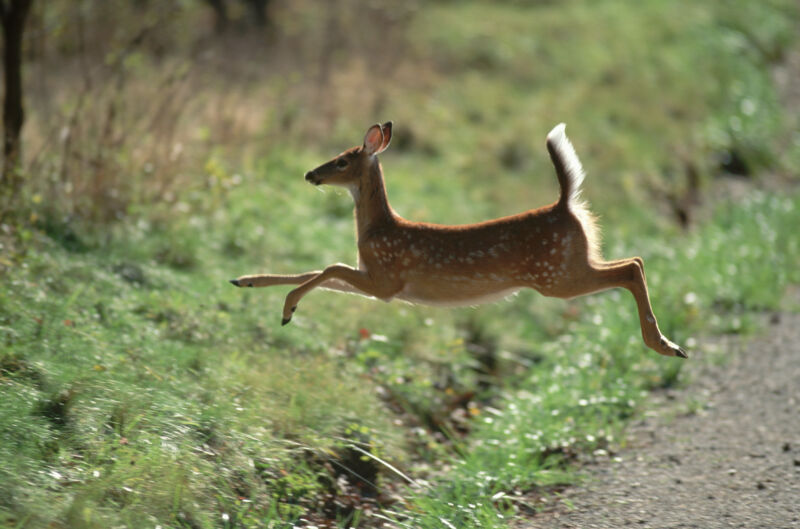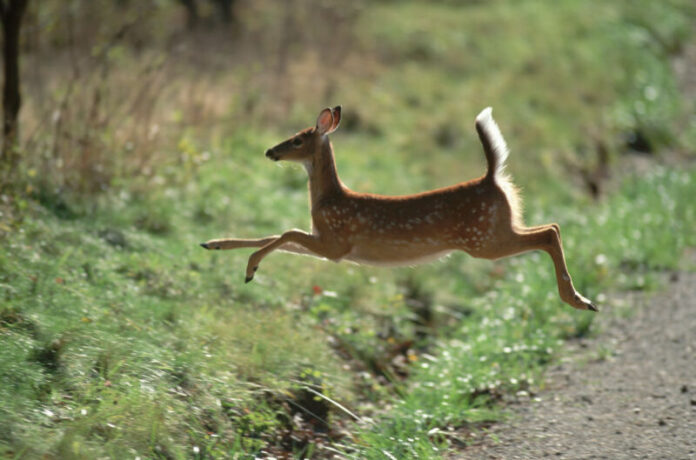
Enlarge (credit: Raymond Gehman / Getty Images)
People in the US transmitted the pandemic coronavirus to white-tailed deer at least 109 times, and the animals widely spread the virus among themselves, with a third of the deer tested in a large government-led study showing signs of prior infection. The work also suggests that the ubiquitous ruminants returned the virus to people in kind at least three times.
The findings, announced this week by the US Department of Agriculture, are in line with previous research, which suggested that white-tailed deer can readily pick up SARS-CoV-2 from humans, spread it to each other, and, based on at least one instance in Canada, transmit the virus back to humans.
But the new study, led by the USDA's Animal and Plant Health Inspection Service (APHIS), provides a broader picture of deer transmission dynamics in the US and ultimately bolsters concern that white-tailed deer have the potential to be a virus reservoir. That is, populations of deer can acquire and harbor SARS-CoV-2 viral lineages, which can adapt to their new hosts and spill back over to humans, causing new waves of infection. It's conceivable that viruses moving from deer to humans could at some point qualify as new variants, potentially with the ability to dodge our immune protections built up from past infection and vaccination.
Read 5 remaining paragraphs | Comments
Ars Technica - All contentContinue reading/original-link]




